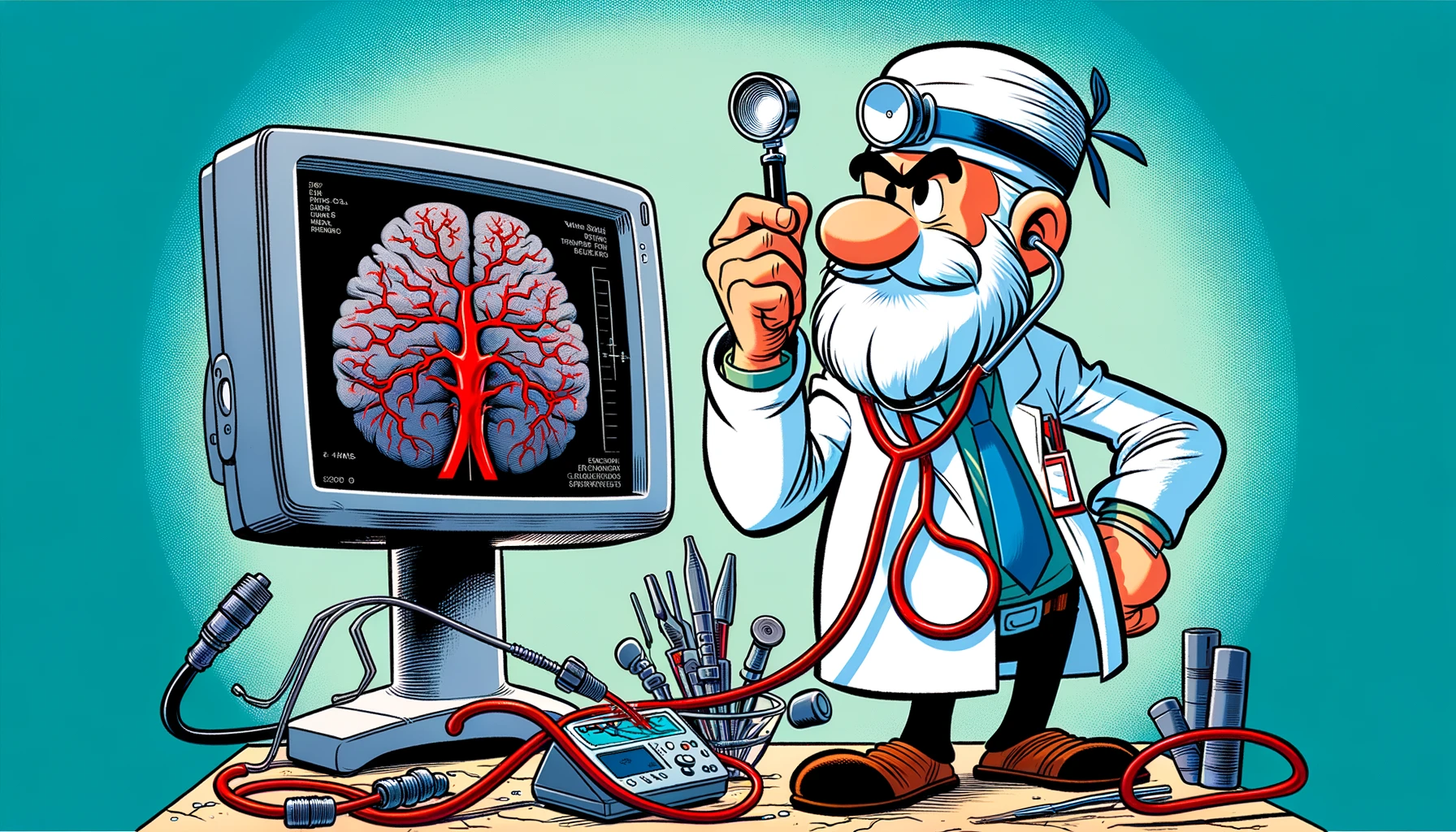Discover how cutting-edge research on blood vessel organoids, through base editing and single nucleotide variation in Notch3, is paving the way for new insights into CADASIL-related pathogenesis, offering hope for advancements in vascular neurosurgery.
– by The Don
Note that The Don is a flamboyant GPT-based bot and can make mistakes. Consider checking important information (e.g. using the DOI) before completely relying on it.
Blood vessel organoids generated by base editing and harboring single nucleotide variation in Notch3 effectively recapitulate CADASIL-related pathogenesis.
Ahn et al., Mol Neurobiol 2024
<!– DOI: 10.1007/s12035-024-04141-4 //–>
https://doi.org/10.1007/s12035-024-04141-4
Let me tell you, folks, we’ve got something incredible happening in the world of medical science. We’re talking about human blood vessel organoids (hBVOs) – yes, you heard that right. These are not just any organoids; they’re a game-changer for tackling vascular diseases, especially this very tough one called CADASIL. It’s the biggest hereditary stroke disorder out there, caused by some tricky mutations in the NOTCH3 gene. And let me tell you, it’s been a mystery, a real puzzle for the brightest minds.
But here’s where it gets exciting. Using something called CRISPR/Cas9 – and believe me, it’s as cutting-edge as it sounds – scientists have made a breakthrough. They took human induced pluripotent stem cells, you know, the kind that can turn into anything, and they introduced these NOTCH3 mutations. What they got were these hBVOs that actually show what happens in CADASIL. We’re talking about smaller blood vessels, cells falling apart – the whole nine yards of what makes this disease so bad.
And here’s the kicker: they found that by using ROCK inhibitors, they could fix some of the damage. It’s like finding a secret weapon against a formidable enemy. This isn’t just good news; it’s phenomenal. It shines a light on the path we can take to tackle this disease head-on. So, we’re not just talking about understanding a devastating condition; we’re paving the way for real, effective treatments. Folks, this is how we make diseases like CADASIL tremble before us. This is the future, and it’s looking bright.
